Congratulations to our 211 winning wines that took home awards at the 2025 San Francisco Chronicle Wine Competition! Learn more HERE.
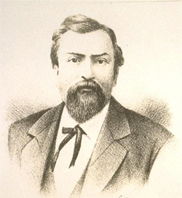
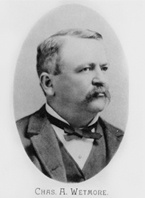
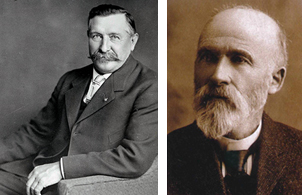
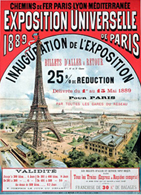
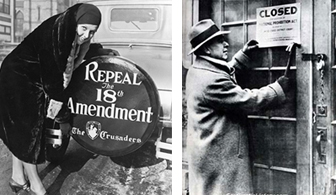
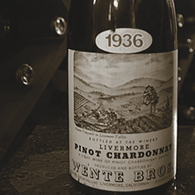
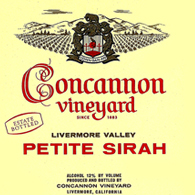
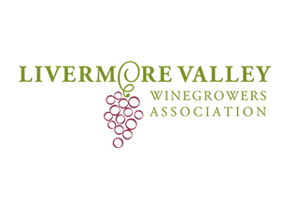
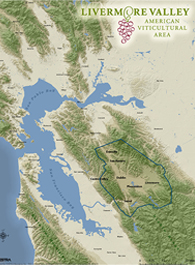
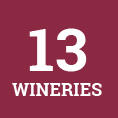

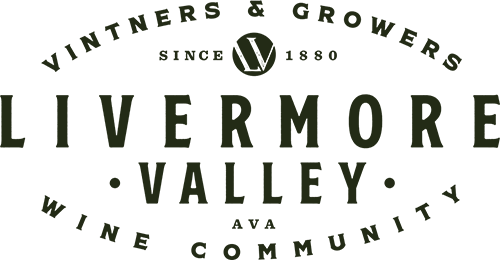
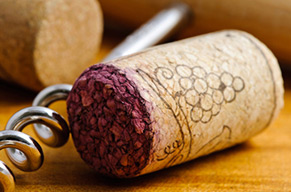

Terroir [tair=WAHR] French for "soil" and used in the phrase gout de terroir ("taste of the soil") to refer to the earthy flavor of some wines. Terroir not only refers to the type of soil (chalky, claylike, gravelly, sandy), but also to other geographic factors that might influence the microclimate encompassed by an area of land including altitude and elevation, amount of sun received by the growing area, fluctuation of both day and night temperatures, wind, amount and timing of rainfall, and water drainage. These geographic conditions, along with the winemaking savoir-faire all contribute to the personality of the wine produced by a region's terroir.
In the San Francisco Bay appellation, 30 miles east of San Francisco. Both the Livermore Valley and San Francisco Bay appellations are within the larger Central Coast appellation.
Livermore Valley boasts one of the original U.S. appellations granted by the BATF way back in October, 1982. This designation was largely based on the unique, gravel-based soils and the marine winds that are drawn into the valley every afternoon from San Francisco Bay.
The Livermore Valley has an east-west orientation, making it unique among northern California winegrowing regions. It is 15 miles long (east to west), 10 miles wide (north to south), and surrounded by coastal range mountains and foothills.
The east-west orientation of the valley allows the coastal fog and marine breezes to come in from the Pacific Ocean and the San Francisco Bay and cool the valley's warm air, resulting in warm days and cool nights ideal conditions for producing fully-ripened, balanced fruit.
Primarily gravel with excellent drainage, a soil type that reduces the vines' vigor and increases flavor concentration in the grapes.
"A Thriving Wine Region in the San Francisco Bay Area"
Less than an hour east of San Francisco, Livermore Valley Wine Country welcomes visitors with a flourish expanse of vineyards, wineries, and wine country experiences. Amid picturesque canyons, ridges and outposts of suburbia, the lush vines and convivial tasting rooms increasingly define the quality of life in the valley. To the delight of residents and visitors alike, the region is enjoying a wine renaissance harking back to the golden years of early California wine history.
One of California's oldest wine regions, the Livermore Valley played a pivotal role in shaping California's wine industry. Spanish missionaries planted the first wine grapes in the Livermore Valley in the 1760s. In the 1840s, California pioneers looking for outstanding vineyard sites began planting grapes in the region. Robert Livermore planted the first commercial vines in the 1840s. Pioneer winemakers C. H. Wente, James Concannon, and Charles Wetmore recognized the area's winegrowing potential and founded their wineries in the early 1880s.
Livermore Valley captured America's first international gold medal for wine in 1889 at the Paris Exposition, putting California on the world wine map.
Livermore Valley wineries were the first to bottle varietal labeled Chardonnay, Sauvignon Blanc and Petite Sirah. Nearly 80% of California's Chardonnay vines trace their genetic roots to a Livermore Valley clone. Livermore Valley also boasted more than 50 wineries until Prohibition and contributed significantly to the state's enology and viticulture that lives on today.
Attracted to the rich winemaking tradition, climate, soil and geography, new winemakers and vineyardists are working alongside fifth generation winegrowers to create this Livermore Valley wine renaissance. The region now has over 40 wineries, with several more about to open, and more than 3,000 acres of vineyards. Wineries vary in size from limited release, 100-case labors of love to 400,000-case industry heavyweights, and grapes range from familiar Merlot and Chardonnay to Italian, Rhone and Spanish varieties. Welcoming tasting rooms showcase award-winning wines and offer year around activities. In addition to the myriad happenings at individual wineries, the Livermore Valley Winegrowers Association sponsors several consumer events each year, showcasing the talent, energy and fine wines of the region.